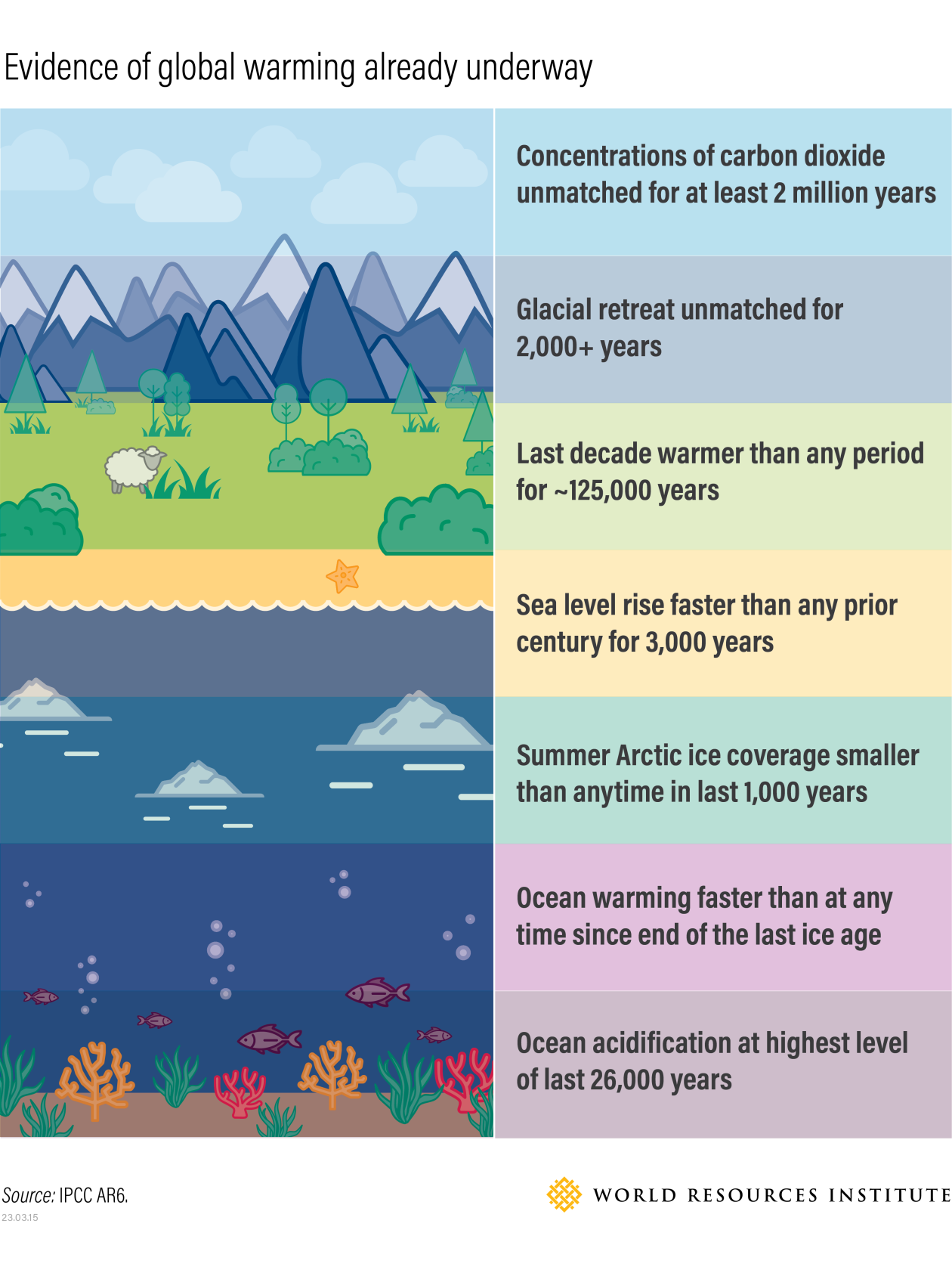The Danger of Hope Alone
Why Waiting Out Climate Change Is a Risk We Can’t Afford
Part 1- Hope is not a plan
The effects of climate change are hard to ignore—intensifying storms and record-breaking temperatures year after year are only the two most obvious. In the face of government and corporate inaction, it's natural to want to believe that things will somehow work out. Maybe the newest technology will stop emissions. Perhaps governments around the world will set aside their individual interests and unite for decisive global climate action. Maybe nature will “heal itself” if we just give it time.
The science is clear: to avoid the worst outcomes, we must drastically reduce greenhouse gas emissions, primarily CO2 and methane. According to the Intergovernmental Panel on Climate Change (IPCC), we have less than a decade to cut global emissions in half if we hope to limit warming to 1.5°C—the threshold beyond which the climate consequences become increasingly catastrophic. Every year we delay makes the problem harder to solve. Hoping for a “miracle fix” later means betting against the overwhelming scientific consensus—and against our own best interests. Many of climate change's impacts are already locked in. Sea levels will continue to rise, glaciers will continue to melt, and the world will become increasingly drier. But how much sea levels will rise or how arid the world becomes depends on what is done now.
Delays increase the cost of mitigation, the scale of suffering, the rate of species extinction, and the likelihood that we cross dangerous tipping points, such as the irreversible collapse of ice sheets or the dieback of the Amazon rainforest.
There’s a popular belief, pushed by tech and fossil fuel companies, that future technologies such as carbon capture, geoengineering, fusion energy will save us. Innovation is essential, relying on unproven or undeployed technologies to solve a crisis we’re facing today is a gamble we are sure to lose. Moreover, technological solutions are often not just a matter of invention but of implementation that requires investments, regulation, infrastructure, and global cooperation. These take time we may not have.
Hope must give rise to action to be realized. It requires choosing to fight for a better future by actively voting for candidates who believe in the urgency of the crisis and support policies that reduce emissions. It requires holding corporations and government officials accountable, educate other and build resilient coalitions and by making sustainable choices in our daily lives.
Each of us has a role to play. Action compounds—what we do today builds the foundation for what’s possible tomorrow.
Hope is powerful. But when it becomes a substitute for action, it becomes perilous. Climate change won’t stop because we want it to. It will only stop if we make it stop—through collective action and an unshakable commitment to our future.
We can’t wait and wish for change. We must be the ones who make it.
What’s Next
In Part 2 of this series, we’ll look at why waiting is dangerous. We’ll explore the accelerating impacts of climate change, what’s at risk if we delay, and how the cost of inaction is already coming due.



